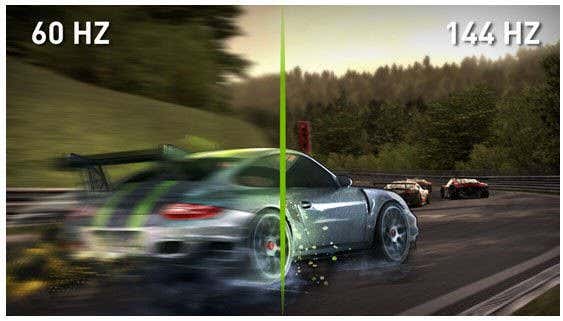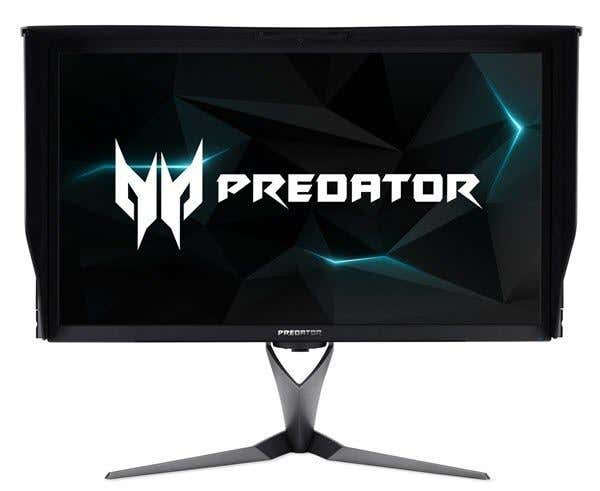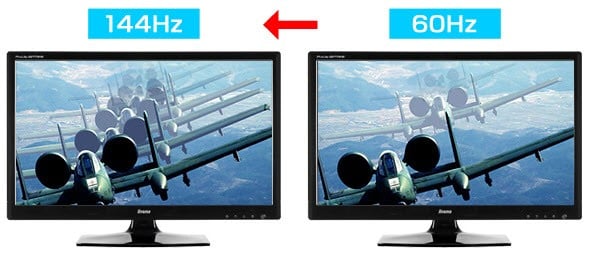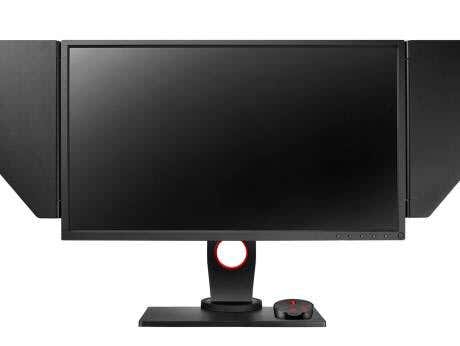In this article, we’ve laid out the basic differences between 60Hz, 144Hz, and 240Hz and have given some tips on when it’s best to upgrade. For those who are keeping track of these monitors for a future purchase, make sure to check out 144Hz Monitors and GamingScan for the latest news.
60Hz vs 144Hz vs 240Hz Monitors – What’s the Difference?
The ‘HZ’ used in a monitor’s description is used to describe its refresh rate. The higher the Hz, the more often the screen will refresh. For example, a 60Hz monitor will refresh its image 60 times per second, while a 144Hz monitor will refresh its image 144 times per second. But what does that mean for real world use? Essentially, a higher refresh rate will mean that the image you see is updated quicker. This can be very useful for action games or competitive games where every millisecond counts. The refresh rate works similarly to how frames per second in a video game work, but there are differences. Frames per second explain how many frames are rendered on your graphics card per second, while the monitor refresh rate explains how many times your image is actually updated on your monitor. So, if you have 300 frames per second in a game but use a 60Hz monitor, what’s displayed to you will essentially have 5 times less frame ‘updates’ than could potentially be possible. For this reason, moving to a new monitor with better refresh rate isn’t really worth it unless your graphics card can reliably run at 60 frames or higher. You can easily check the frames per second for a game on your system using different utilities. Some people exclaim that the eye can only see up to a certain number of frames per second. This isn’t true whatsoever and has mostly been debunked as a myth. Our eyes don’t quite work the same ways as displays do, so it’s hard to measure how many ‘frames’ per second we can see. What we do know is that those have used 144Hz monitors can agree that they can see and feel a difference when playing games. In fact, the most notable difference is when a 144Hz user moves to a 60Hz display – many ongoing 144Hz display users mention that they can see everything from video games to the cursor speed on their desktop feel sluggish when going back to 60Hz. Another important thing to keep in mind is that the display technology that’s usually used for higher refresh rate monitors is not the best option for overall display quality and color accuracy. If you care about looks, go for a high quality 60Hz monitor. If you care about performance, frame rate, and getting a competitive edge, you should go for a higher refresh rate monitor.
If you want both features in a single monitor, be ready to pay a hefty price. The newest Acer Predator X27 monitor has all the high-end features: 4K resolution, Nvidia G-sync, 144hz refresh rate, HDR, 1000 nits brightness, etc., but costs a whopping $2K right now. The Asus ROG Swift PG27UQ is similarly equipped and similarly priced.
Should You Upgrade From 60Hz To 144Hz?
We’re now reaching a point where it’s quite easy to purchase or build a computer that’s capable of running 120 or fps or more in a video game. In fact, most of the esports games available on PC can receive up to 300 frames per second on high end machines. If you can reliably run the games you play on more than 120 frames per seconds, then upgrading to 144Hz is worth it, but it should only be considered an option if you care about improving performance. 144Hz monitors are used most often in games like Counter Strike: Global Offensive or League of Legends where every extra frame and micromovement counts for something. Here’s a checklist to consider before upgrading: ● You want a competitive edge ● You don’t mind losing a bit of color accuracy or display quality in movies and games for better performance ● Your computer is capable of running games at 100 frames or more. Obviously, the higher the resolution of your monitor, the beefier graphics card you will need to get those higher frame rates. Currently, no graphics card can pump over 60 fps on a 4K monitor with ultra settings. You’ll have to wait till the new NVIDIA GTX 11xx series cards come out at the end of 2018. Still, you can future-proof your purchase by getting a monitor that can handle higher frame rates so that your gaming will greatly benefit if you decide to upgrade your graphics card later.
Should You Upgrade from 144Hz to 240Hz?
240Hz monitors are far newer than 144Hz monitors, but they’re starting to become more commonplace. The general consensus for 240Hz monitors seems to be that if your computer can reliably handle 240 frames in a game, it can be a worthwhile upgrade. This is only appropriate for 1920×1080 monitors at this point. It’ll be a long time before you’ll see 240hz 4K monitors. Many consumer reviews and reports on 240Hz monitors suggest that the upgrade from 144Hz to 240Hz doesn’t quite offer that same jump in performance that going from 60Hz to 144Hz offers, but there is a noticeable difference. It’s also worth noting that there are some monitors that have a 200Hz refresh rate that have higher resolutions like 2560×1080 or 3440×1440 (ultrawide). Some examples include the Acer Predator x35 and the Asus ROG Swift PG35VQ. Neither have been released yet. We’ve provided a checklist below to help you decide whether upgrading to 240Hz is worth it: ● You compete in video games at a high level ● You want the absolute best edge you can get against other players ● Your computer can reliably run the games you play competitively at 240 frames or more ● You don’t mind paying out a lot for a monitor and are aware that the price for the 240Hz monitors may drop as the technology becomes more popular That wraps up our comparison on 60Hz, 144Hz, and 240Hz monitors. What are your thoughts? Will you be upgrading your monitor any time soon? Enjoy!



